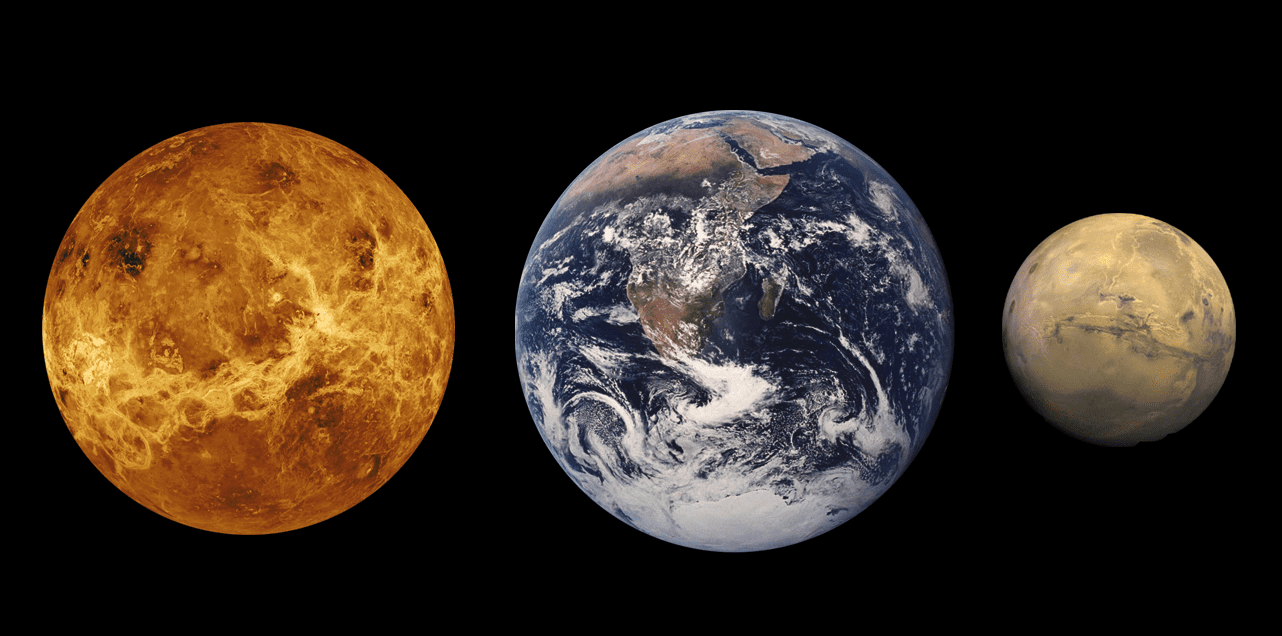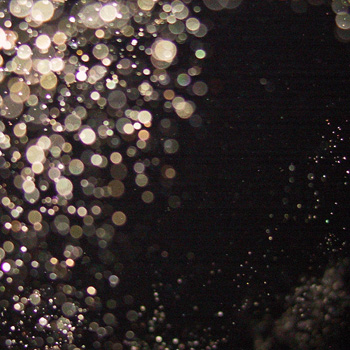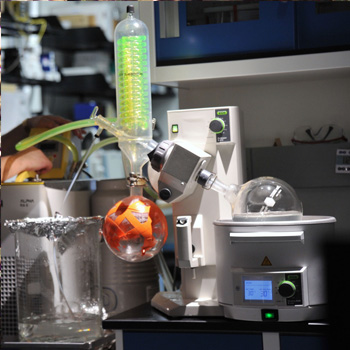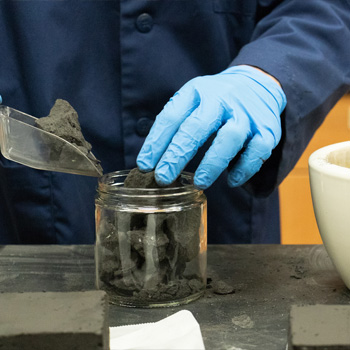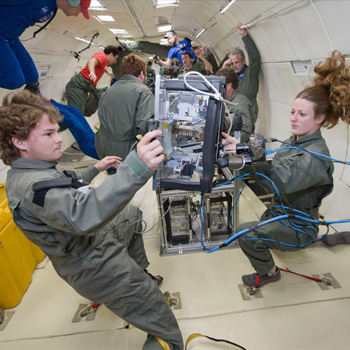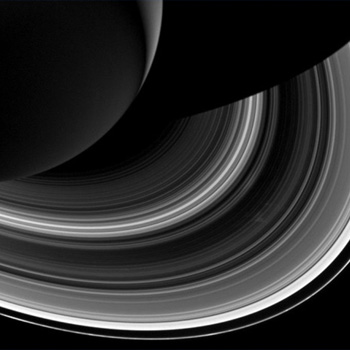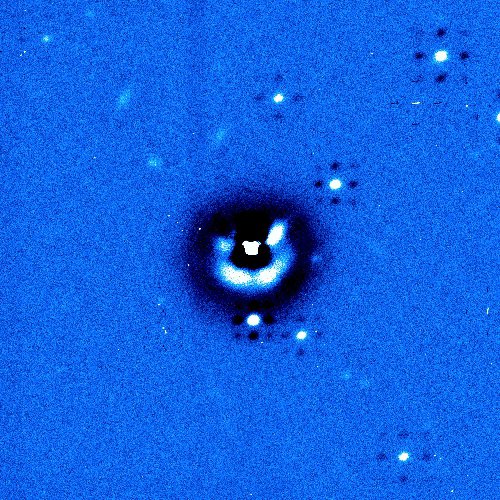Planetary Sciences Group
University of Central Florida
The UCF Planetary Sciences Group uses spacecraft data, images from the world’s largest telescopes, meteorites and moon rocks, experimental techniques, and supercomputers to investigate our own Solar System as well as others around the Galaxy.
Our Research
Academic Programs
Our Latest Papers
| Authors | Title | Published Date | Journal |
|---|---|---|---|
| Souza-Feliciano, A. C.; Rommel, F. L.; Morgado, B. E.; and 1 coauthor | Rotational Light Curve, phase, and visible colors of (52246) Donaldjohanson throughout Lucy Mission Flyby | Jan 2026 | Icarus 443, 116771 |
| Shackelford, A. N.; Donaldson Hanna, K. L.; Gillis-Davis, J. J. | Space Weathering on Carbon-rich Surfaces: Spectral Characterization of Fe-poor Mercury and Carbonaceous Asteroid Analogs | Nov 2025 | The Planetary Science Journal 6, 254 |
| Cryan, S.; Brunetto, R.; Guilbert-Lepoutre, A.; and 17 coauthors | Nitrogen-bearing Species on Trans-Neptunian Objects Revealed by JWST/DiSCo-TNOs | Nov 2025 | The Astrophysical Journal 993, 188 |
| Roshi, D. Anish; Poojapriyatharsheni, J.; Sato, Mayumi; and 4 coauthors | Detection of Helium Recombination Lines in the Cygnus X Diffuse Ionized Gas: Implications for Galactic Interstellar Medium Studies | Nov 2025 | The Astronomical Journal 170, 276 |
| Beck, Aren C.; Schambeau, Charles A.; Walker, Seamus; and 1 coauthor | Photometric Constraints on Activity of Centaur 174P/Echeclus from 2021 Through 2024 | Oct 2025 | Research Notes of the American Astronomical Society 9, 271 |
| Levine, W. Garrett; Kim, Yoonyoung; Spahr, Timothy B.; and 7 coauthors | Assessing the Potential Visibility of Comets like C/2025 R2 (SWAN) by NEO Surveyor | Oct 2025 | Research Notes of the American Astronomical Society 9, 262 |
| Kwon, Yuna G.; Dahlen, Dar W.; Masiero, Joseph R.; and 8 coauthors | COSINE (Cometary Object Study Investigating Their Nature and Evolution). I. Project Overview and General Characteristics of Detected Comets | Oct 2025 | The Astrophysical Journal Supplement Series 280, 67 |
| Pereira, C. L.; Braga-Ribas, F.; Sicardy, B.; and 54 coauthors | The Rings of (2060) Chiron: Evidence of an Evolving System | Oct 2025 | The Astrophysical Journal 992, L19 |
| Emig, Kimberly L.; Salas, Pedro; Anderson, Loren D.; and 14 coauthors | Cool Dark Gas in Cygnus X: The First Large-scale Mapping of Low-frequency Carbon Recombination Lines | Oct 2025 | The Astrophysical Journal 992, 216 |
| Protopapa, Silvia; Wong, Ian; Lellouch, Emmanuel; and 15 coauthors | JWST Detection of Hydrocarbon Ices and Methane Gas on Makemake | Oct 2025 | The Astrophysical Journal 991, L34 |
Query returned 1059 total number of records, 10 are shown.

